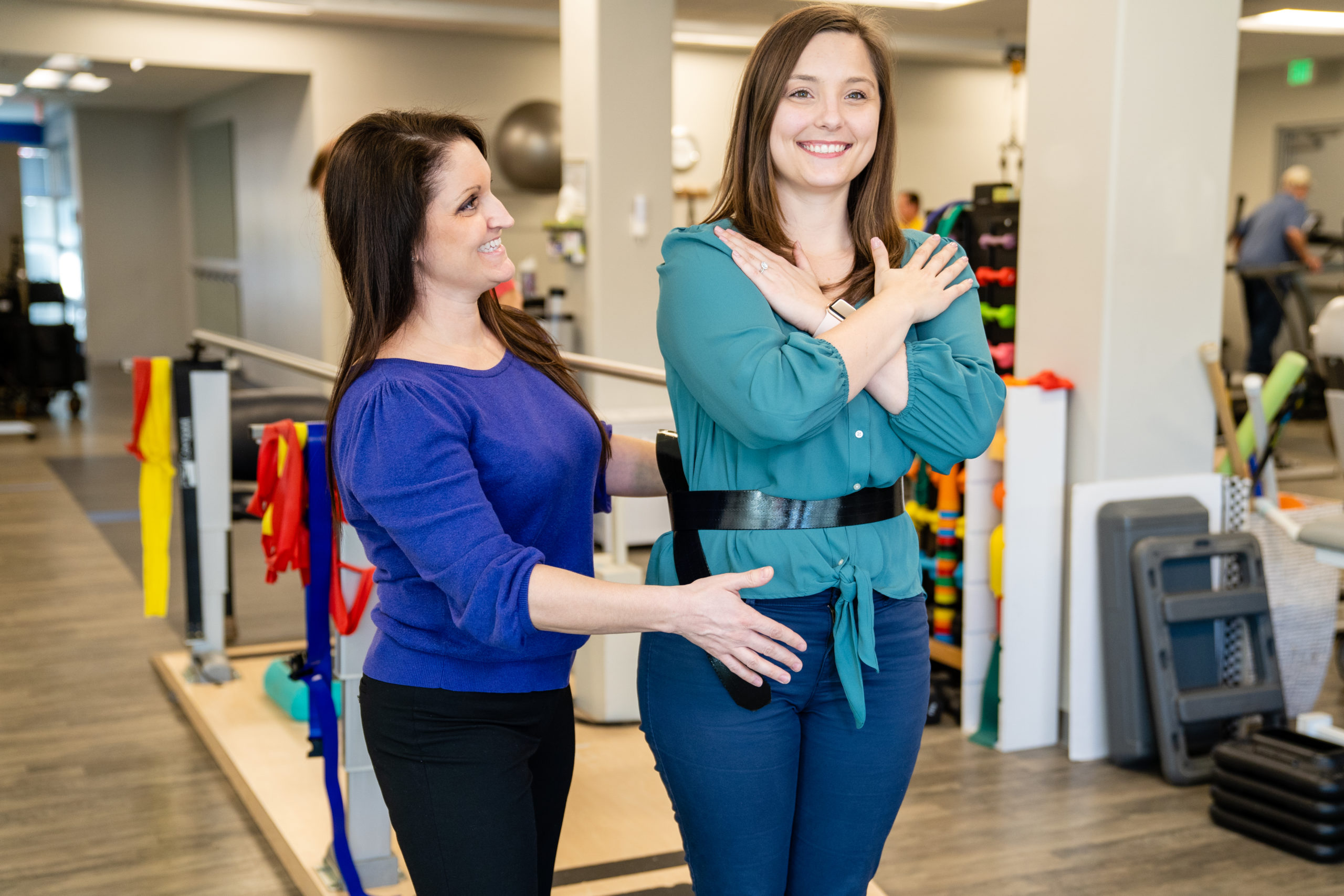Reducing Fall Risk at Home: A Perspective for Cancer Survivors

Back to physical health resource hub
Since social distancing is still in practice encouraging many of us to spend more time inside our homes, it is important to identify common household hazards. The National Institute on Aging reports that six out of every 10 falls occur inside the home. Having a fall can be troublesome for most, but cancer survivors can have heightened complications from a fall and should be mindful of reducing fall risk. The American Cancer Society has reported that cancer survivors have a 25-30% higher rate of falls than the general population. This can be due to a multitude of side effects resulting from cancer treatments. Read more about Reducing Fall Risk At Home: A Perspective For Cancer Survivors.
Chemotherapy-induced peripheral neuropathy (CIPN) is the second most common side effect reported by patients undergoing cancer treatments. Aside from causing pain in the extremities, it can also leave individuals with decreased sensation in their hands and feet. CIPN has been associated with a 41 percent increase in falls. Fatigue is another factor to consider. One study showed that women who reported fatigue were two times more likely to report a fall. Other side effects of treatment that may lead to a fall are muscle weakness, general deconditioning and chemo-induced cognitive impairment. Individual factors such as being older than the age of 65, having a history of falls, gait and balance deficits, taking more than three medications daily and decreased vision or dizziness upon standing may also play a role in increasing your fall risk. If you can identify one or more of these risk factors, it is important to assess your home environment to identify potential hazards.
To start, ensure proper lighting is present throughout the house. Use automatic night lights that come on with movement or a timer. Make sure pathways to the bathroom or kitchen are well lit and free of clutter at night. It is important to get a vision check-up regularly and update vison prescriptions as recommended. Use an assistive device when appropriate. Wall walking or reaching out for furniture may seem quick and easy at the time, but it increases the risk for a fall. Instead, install sturdy handrails along stairs, in the shower and toilet areas. Use a non-slip mat in the shower or use a shower chair if needed. Be sure to secure area rugs or remove them from the home.
Additionally, remove items such as clutter, coffee tables or power cords in highly trafficked areas. Place items around the home within easy reach and avoid having to use a step stool or squatting down to obtain objects. Pets are wonderful company, just be mindful when walking if you have these small companions around your feet. Staying active is also a wonderful way to help reduce falls because regular activity can improve coordination and strength and decrease fatigue levels which can in turn reduce your risk for falls. If you feel limited in your ability to maintain activity due to fear of falling or other individual factors please contact your physician as you may benefit from a referral to a rehabilitation professional who is trained to mitigate fall risk.
For ideas on maintaining activity levels, please see our previous post: How can individuals undergoing cancer treatment stay active during quarantine.
References:
- Centers for Disease Control and Prevention, National Center for Injury Prevention and Control. Web–based Injury Statistics Query and Reporting System (WISQARS) [online]. Accessed August 5, 2016
- Bao T, Basal C, Seluzicki C, Li SQ, Seidman AD, Mao JJ. Long-term chemotherapy-induced peripheral neuropathy among breast cancer survivors: prevalence, risk factors, and fall risk. Breast cancer research and treatment. 2016;159(2):327-333.
- Wood, L. J., Winters-Stone, K. M., Kneiss, J. A., Fox, A. B., & Walker, R. K. (2020). Women With Clinically Significant Fatigue After Breast Cancer Treatment Report Increased Falls and Perform Poorly on Objective Measures of Physical Fitness and Function. Rehabilitation Oncology, 38(2), 92–99. doi: 10.1097/01.reo.0000000000000193